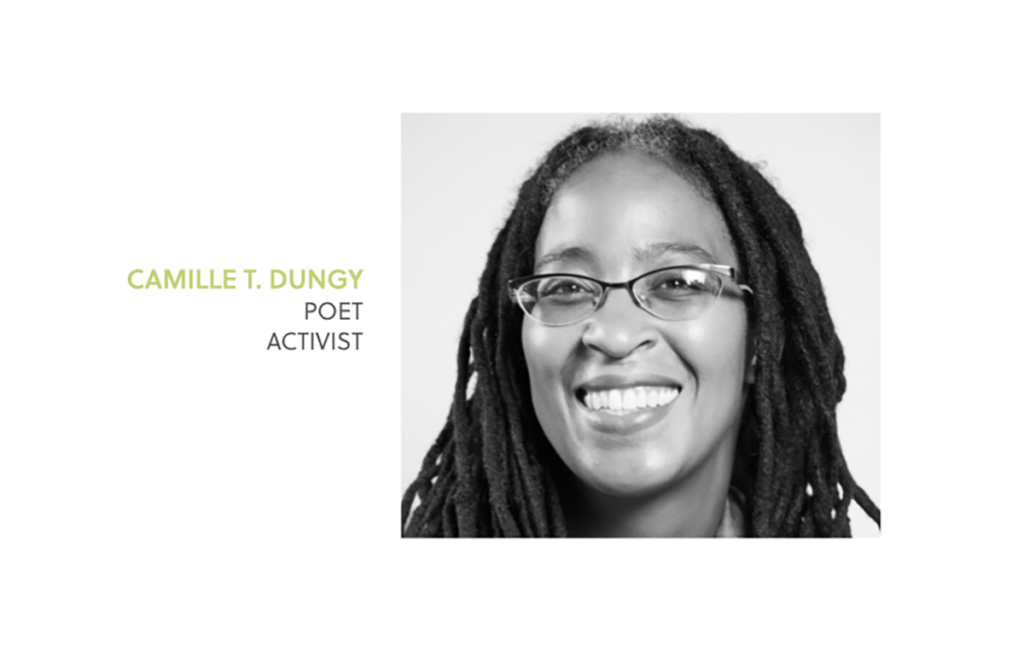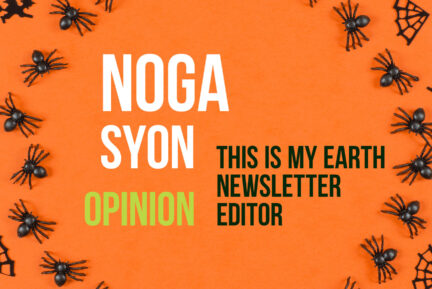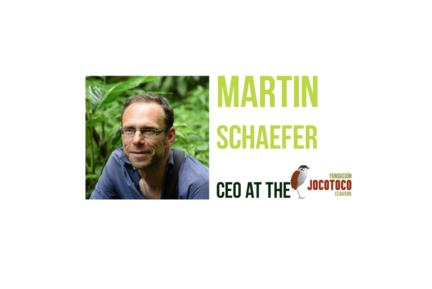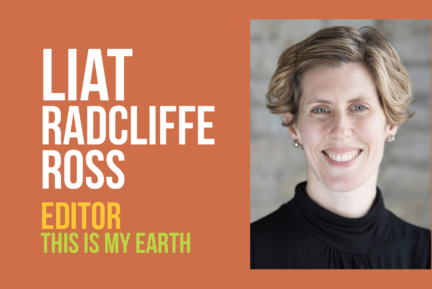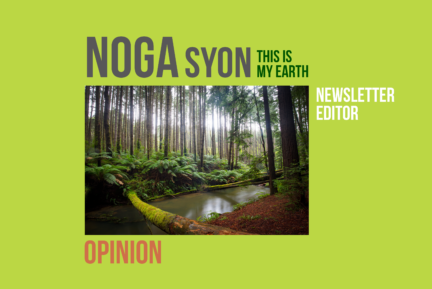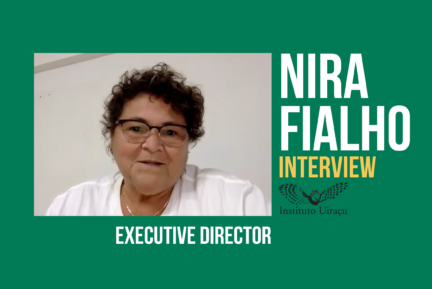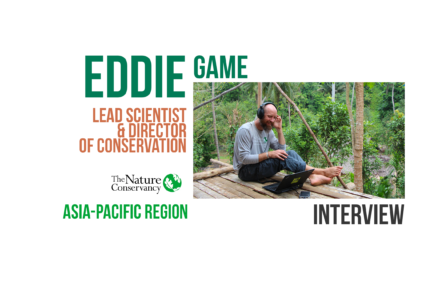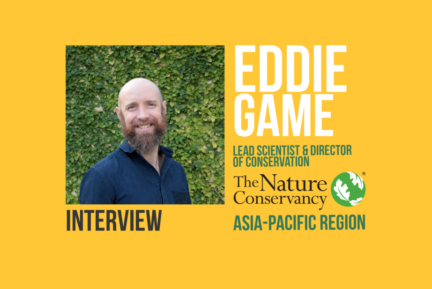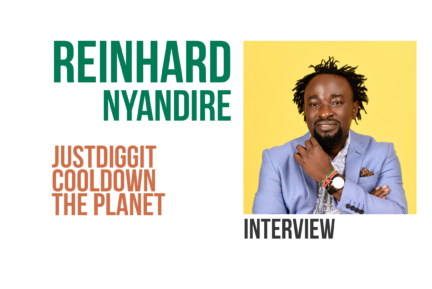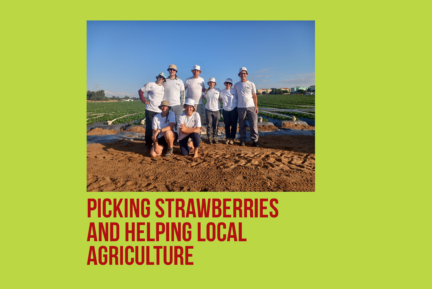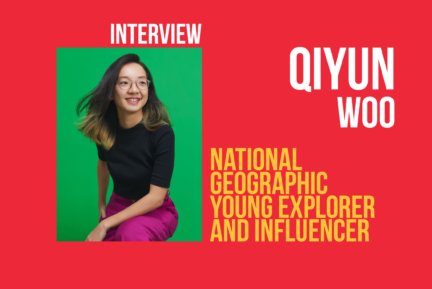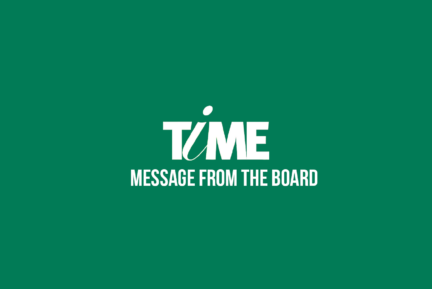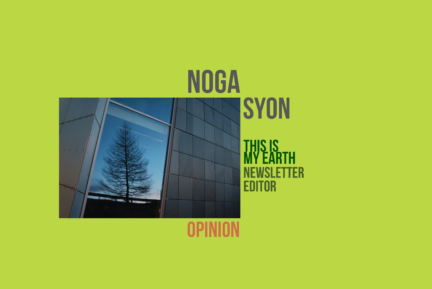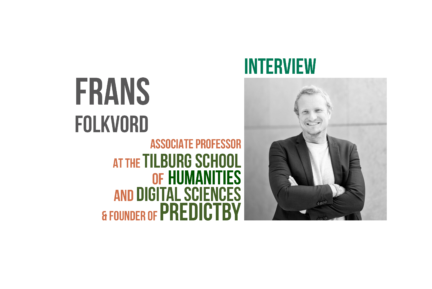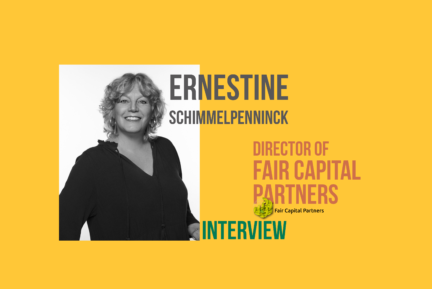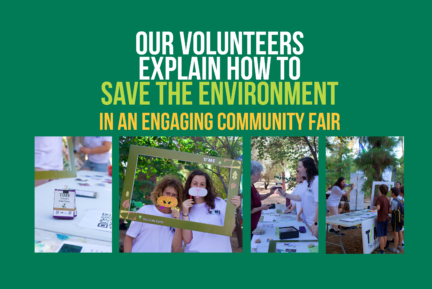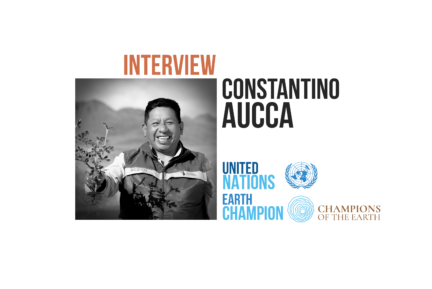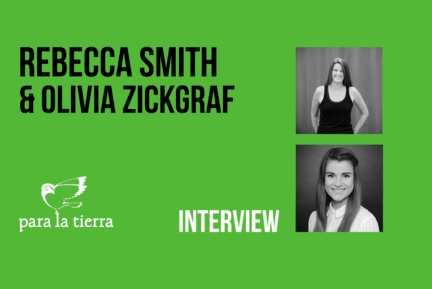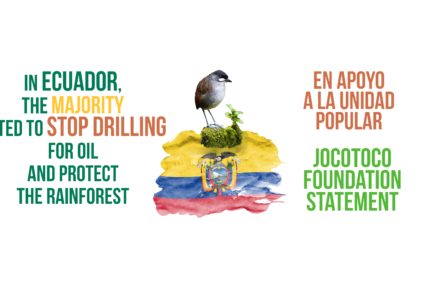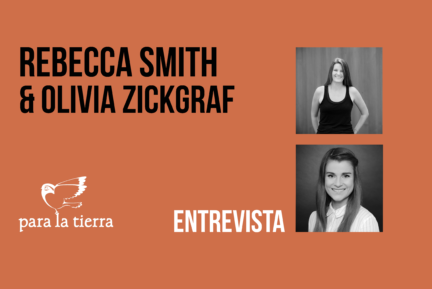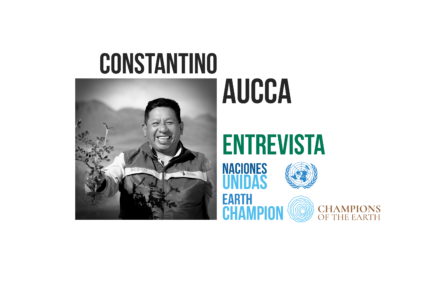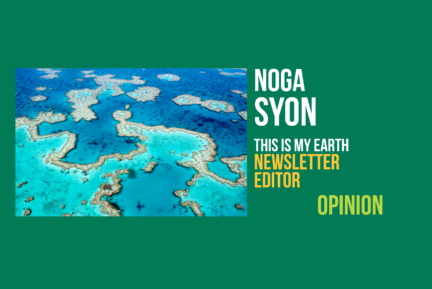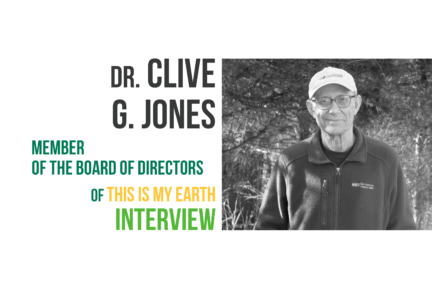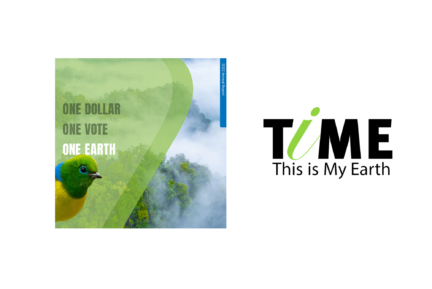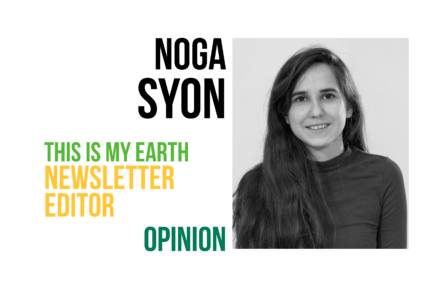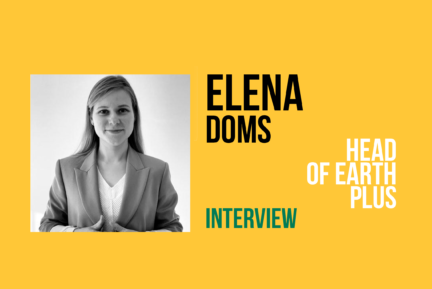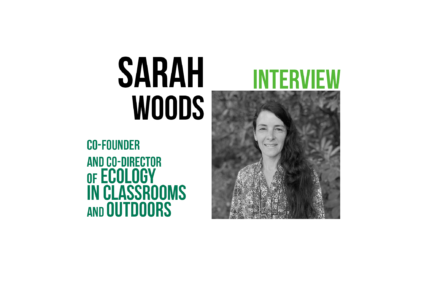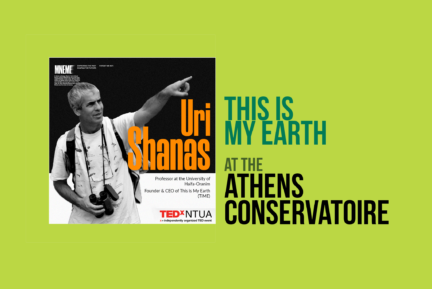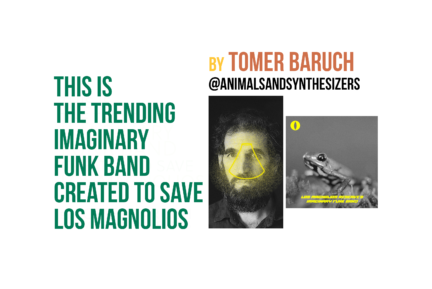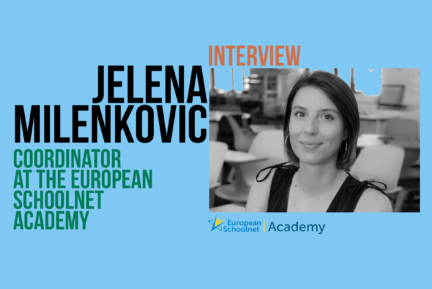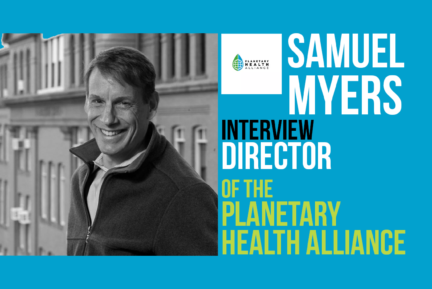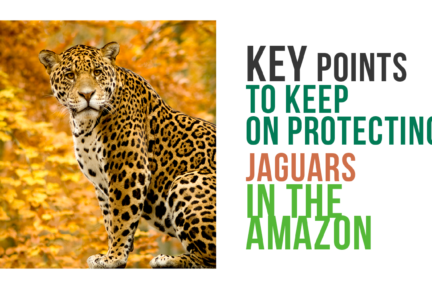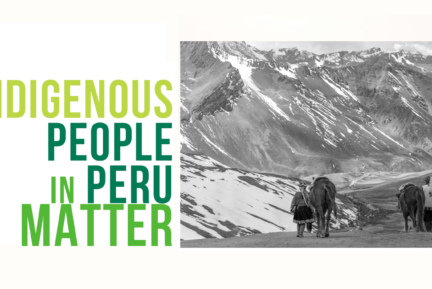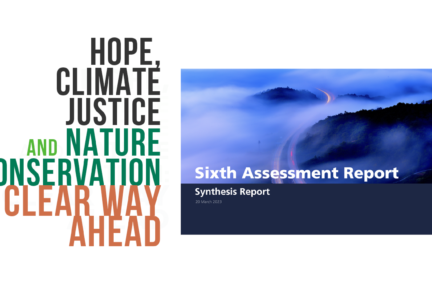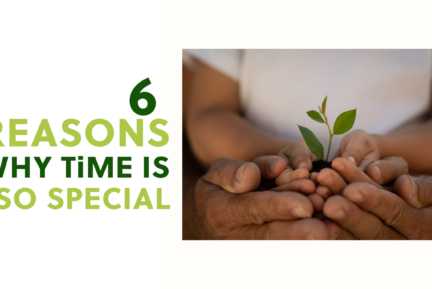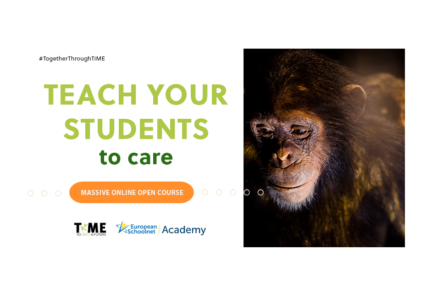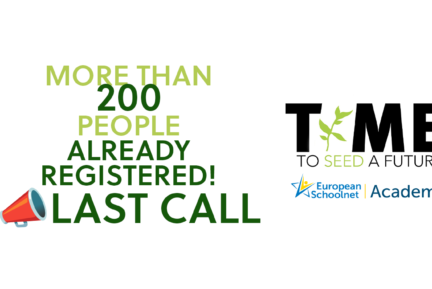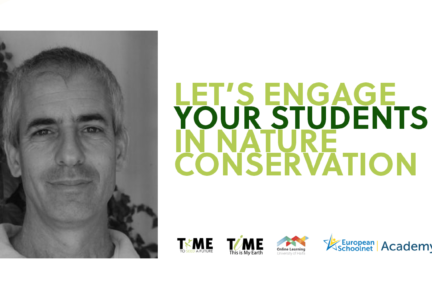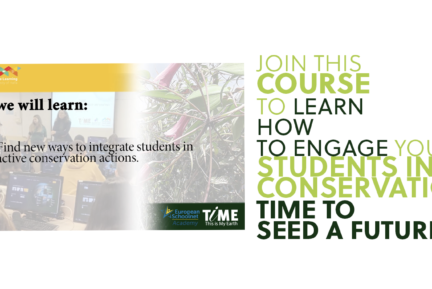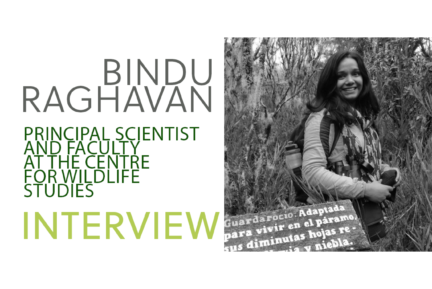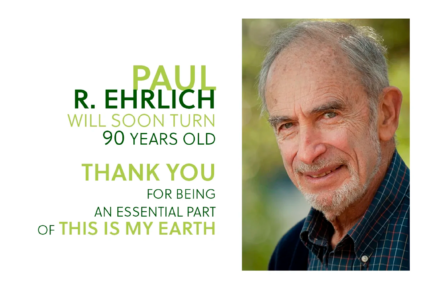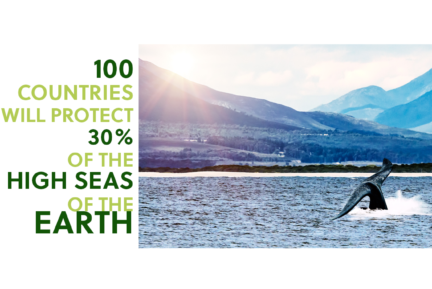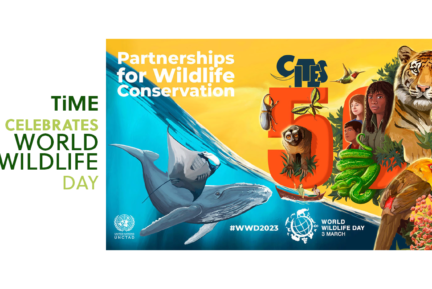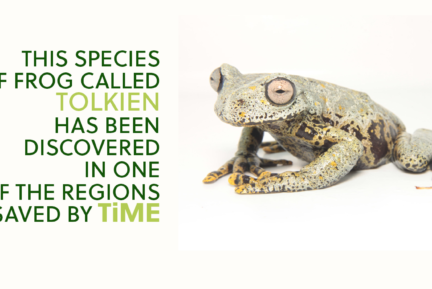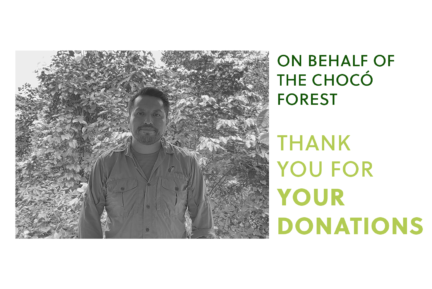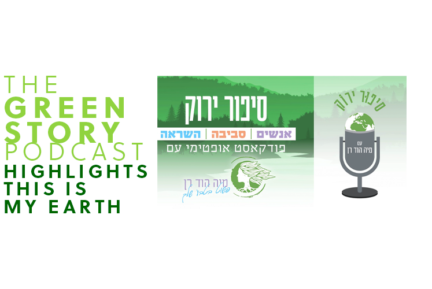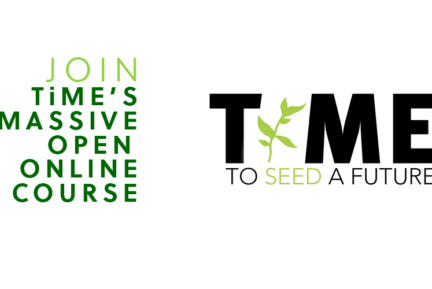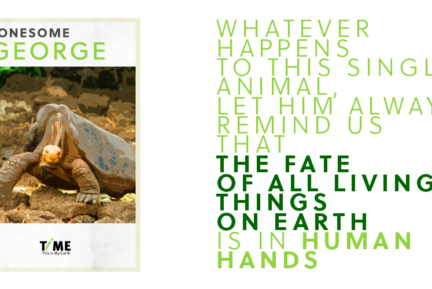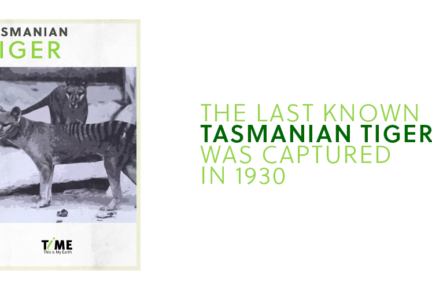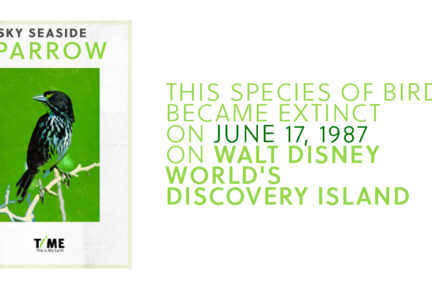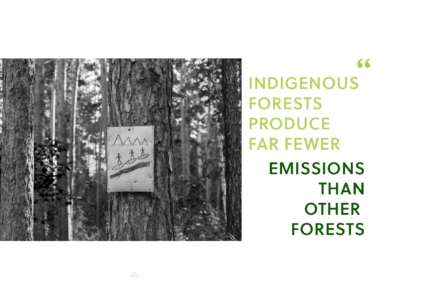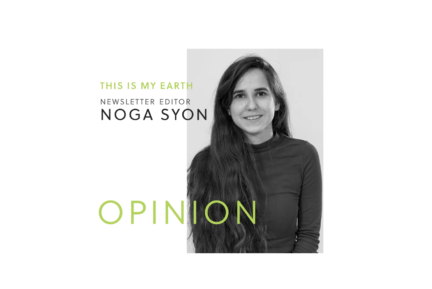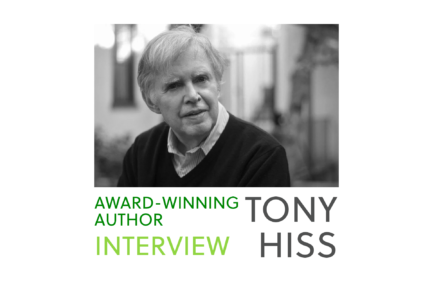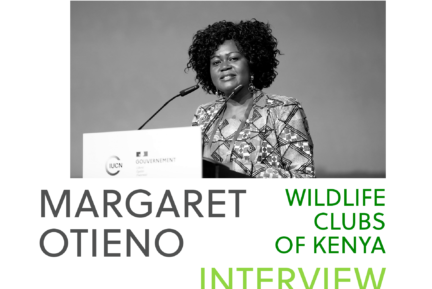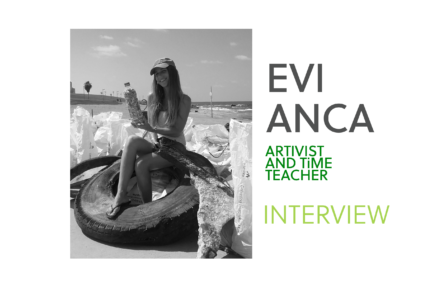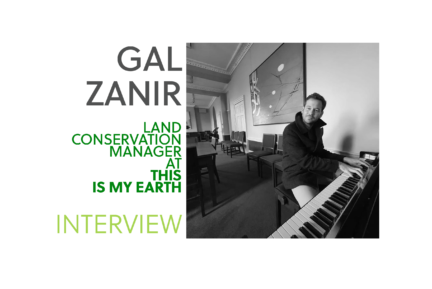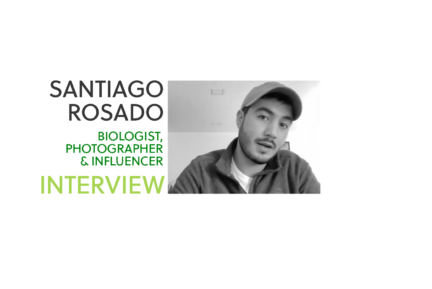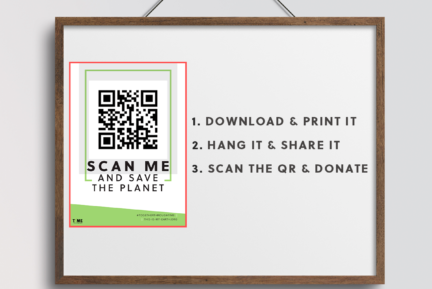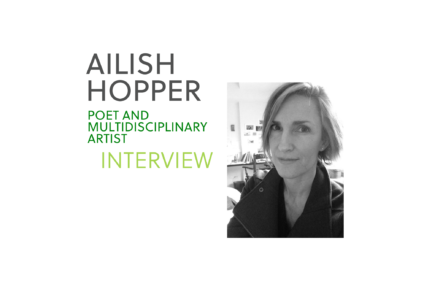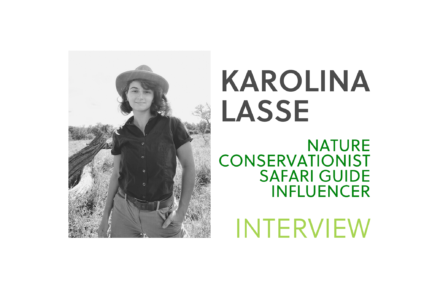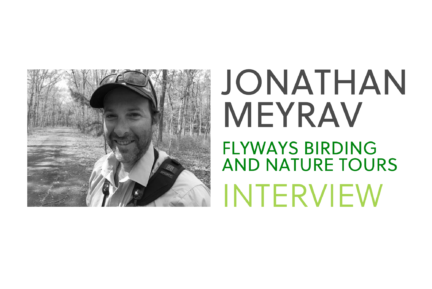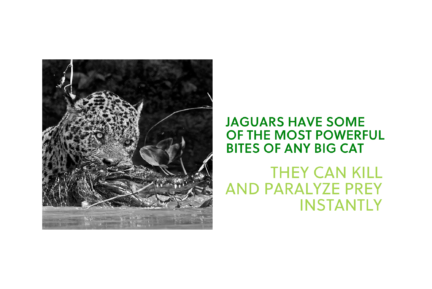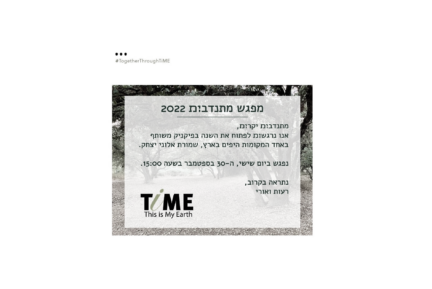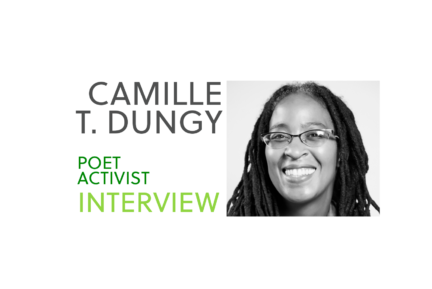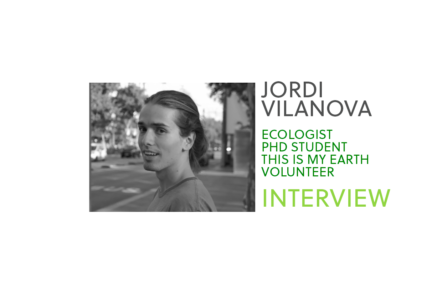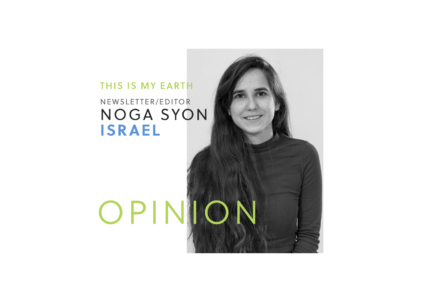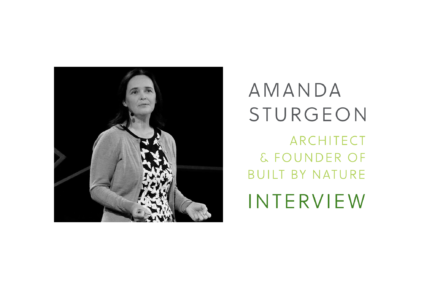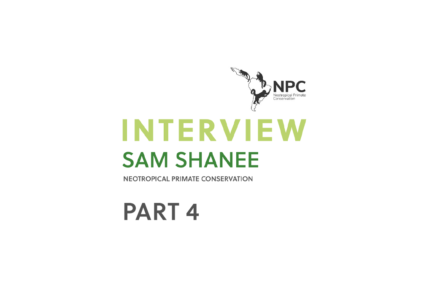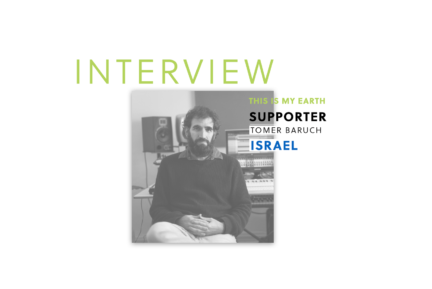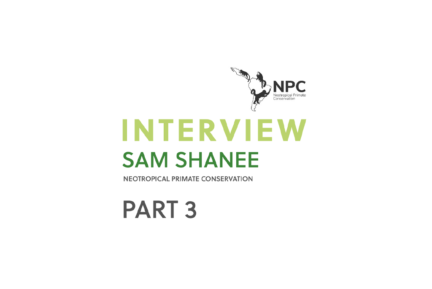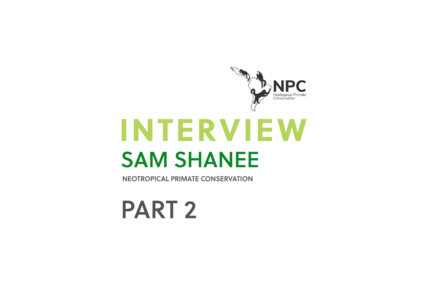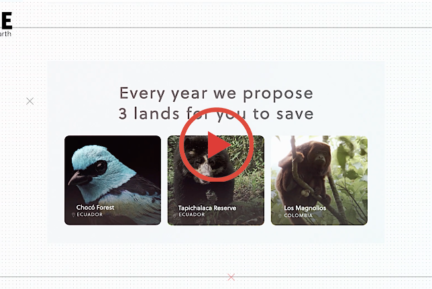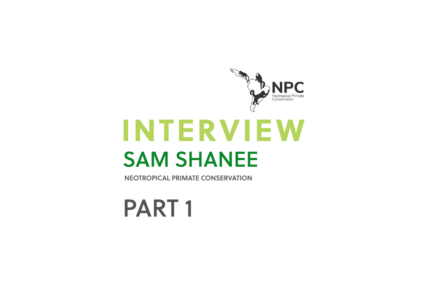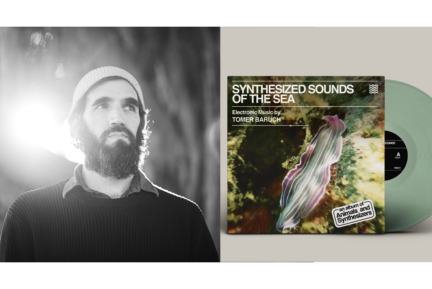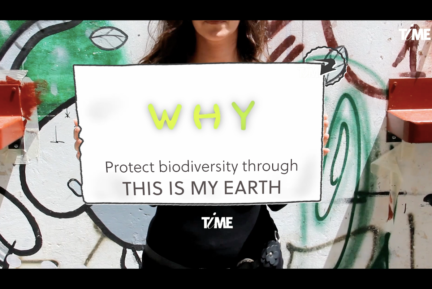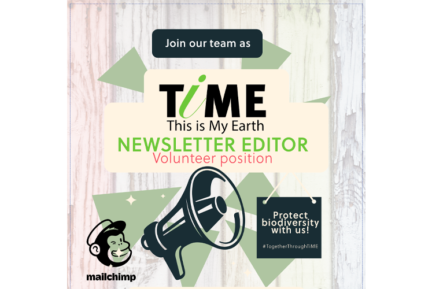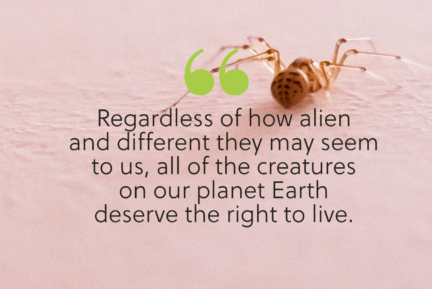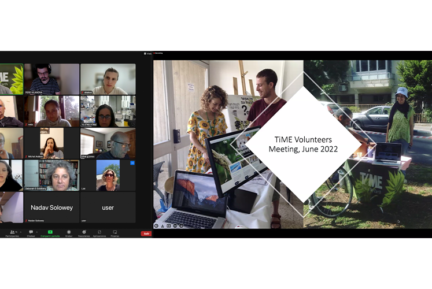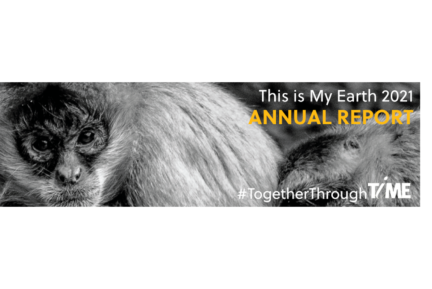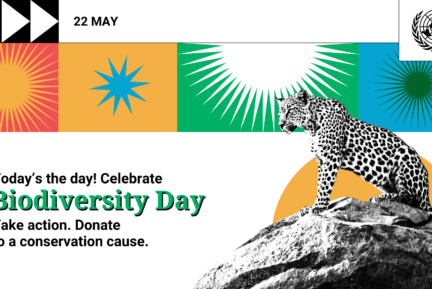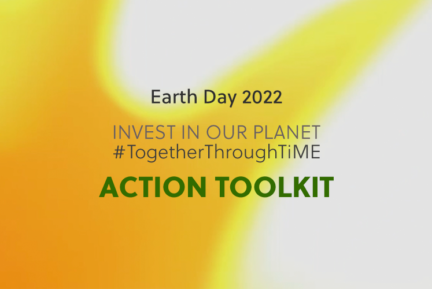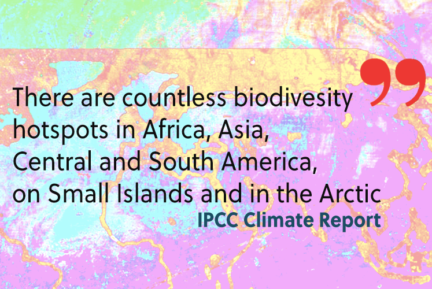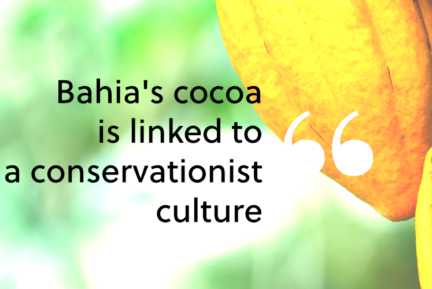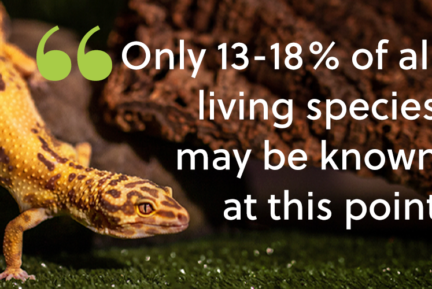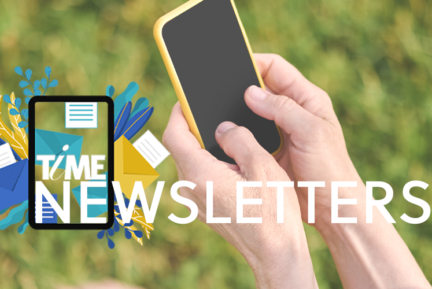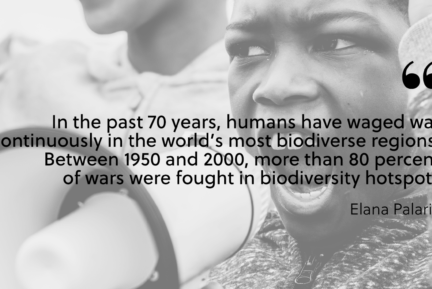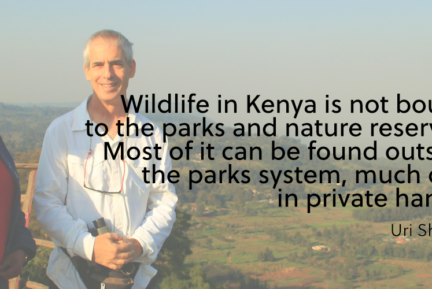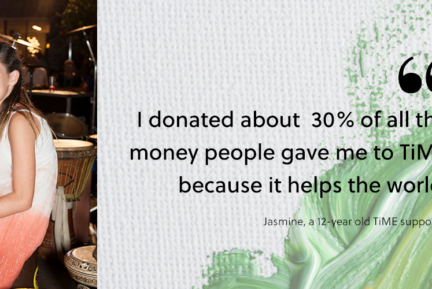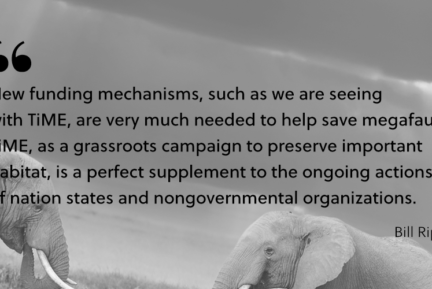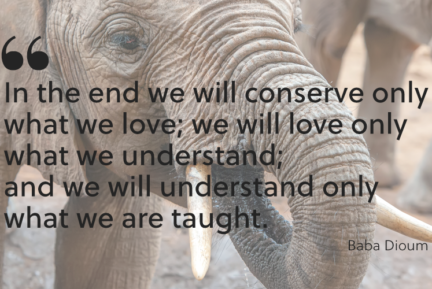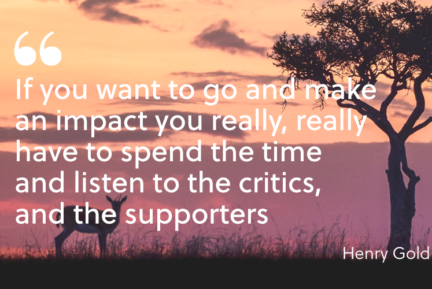We had the privilege to talk to Camille T. Dungy, poet and editor of the bestseller All We Can Save, about nature conservation, poetry and This is My Earth.
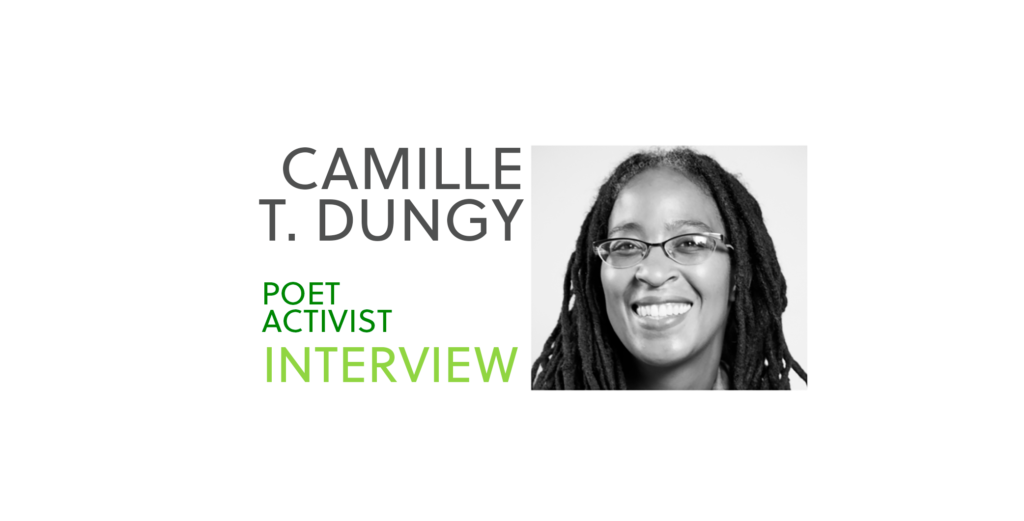
In your poem “Characteristics of Life,” published in the book All We Can Save, the figure of the poet is presented as a powerful voice that can speak for nature. What can poetry do for nature conservation?
In this particular poem, I’m making a very bold announcement, trying to speak for the animals and nature. I think there’s this question if we as human beings in general and, more particularly speaking in the United States (which is a nation that has so much guilt in the ongoing crisis), can speak for anyone else. Are you really capable of doing something that can help create a greater world after there has been so much damage induced by humans? So in that sense, I wanted that poem to be a pronouncement. In fact, if you think about our DNA structure, it’s only a couple small differences away from every other living being, so if I cannot enter this deep space of deep and profound empathy with every other living being, with other intelligence and experiences of the world, then I will always be stuck and stopped. As I meditated on that poem, you can see all these lives entering the poem and trying to wake the reader up.
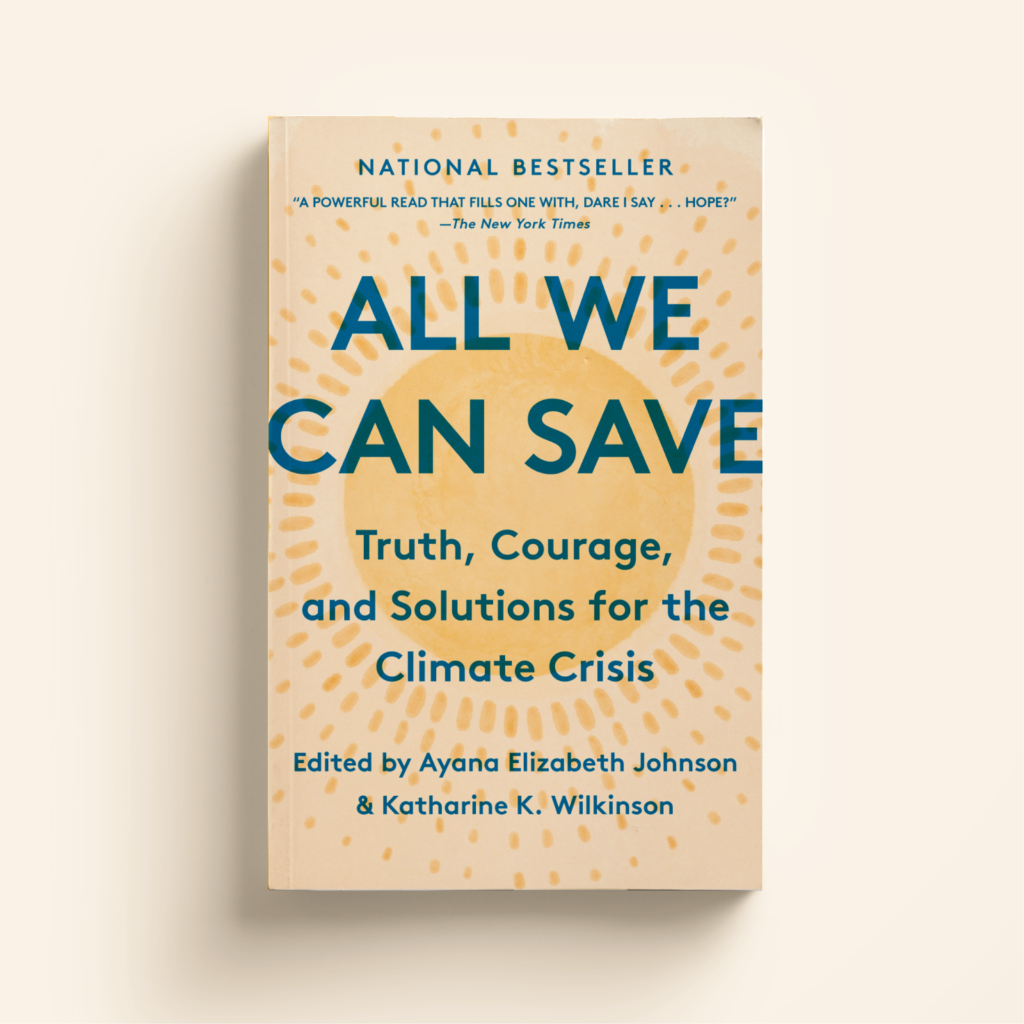
Is poetry a useful tool to wake readers up in the struggle against climate change?
I think poetry is a space for that, yes; it is a space for a deeper engagement and a space for a deeper understanding of reality. People who love poetry know that, that it is a gate to so many different experiences and emotions and a path towards self-discovery. Poetry operates on what I often call a parallel logical way of thinking, so it is a way of logic that is parallel to what we can see in our data-driven everyday routine. Poetry uses a kind of logic that only our senses and subconscious can understand. Somehow it is like music. Music means something, yet it has no words to explain what it means. Nature works in the same way. We know now that trees talk to each other. What language do they use? How do they do it? How do they experience communication? In ways only poetry can explain or recreate.
Your poetry tends to be both peaceful and passionate, yet one can feel this tension of living close to death. Would you say that your poetry describes the moment we are now living in?
I want to be engaged in the reality I’m living in, but I also have to be aware of the fact that the age in which we live is not singular, as we are not the first people that have had to answer this question. Hopefully, we will not be the last people. A series of decisions that have been made before us has led us here; we are talking of 200 or 400 years before us. So when I write, I try for my words to be grounded in the needs of our present moment and irradiate the past towards the future in a way that feelings and emotions can be shared and can become helpful.
Throughout your career as a poet, you have won many awards and recognitions, and your voice is celebrated as one powerful within the environmental artistic movement. How did recognition affect your way of writing?
I think it does affect, but at the same, it does not. I want to write, and for me, this is always an intimate act. When I write, I do it consistently with only one reader in my mind. I want to engage directly with that one reader who has picked up my book. That being said, I began to understand that there may be many readers and more people than I thought liked what I wrote. And that means that I have to make sure that I am being honest and open and that what I write is valuable to me in a way that I believe will be valuable to a reader. Because now more people are giving me their time, so that kind of care goes into my writing now, because I assume what I reveal in my writing will be seen. So in a sense, I’m trying to synthesize with care the material I’m offering to my readers, so they can get what they want from my poetry and move forward.
You often say poetry should be used as a stairway to the world beyond us, above us, and inside us. How do you balance all these worlds, and, as a consequence, how many poems are you throwing away because they don’t really represent the truth?
(Laughing) Maybe my husband should be in this conversation too! Often my head is like a crowded space. The way I write is a representation of the way that I live and the way that I want to see the world. I write every day, and I try to be natural about it. Now I’m working on a prose book, and that also takes a different part of my brain than poetry.
You often say that “poetry is the language of honesty.” Should we all be more honest as human beings both to the world as well as to ourselves?
That is a beautiful and terrifying way of describing what is happening. Take greenwashing as an example: you think that you are buying a product that is eco-friendly and it is not. Or these calls to “let’s all go to a plant-based diet,” without taking into account the way this food is produced and how this affects and damages the soil biodiversity. In truth, what we really need is a local diet, with fresh food, but that does not seem to align with the people living in urban settings, which have it more difficult to get fresh products from the countryside… to sum up, this honesty question also comes with our capacity to interrogate ourselves. The ability to ask ourselves whether this is real or not. This is one way I want to think about honesty. Each time we make a decision, there are more profound implications.
For example?
For instance, I wanted to buy an electric vehicle, but I didn’t want to do it until we got our own solar panels. In short, I did not want to use a sustainable way of transportation not coming from a sustainable energy source. But then, let’s talk about the batteries… It isn’t easy to make the right decisions, but we can orient ourselves to a more efficient and cost-effective way of living in terms of how we relate to the planet’s resources.
How does all that resonate in literature?
In literature, I think that when you connect to your reader and when you are committed to writing well, you are kind of constantly asking questions and addressing them. Perhaps the key is to find the rhythm between the doubts and their possible answers. I think this way of asking in a regular way prepares me to deal with the world. Also, we have to keep this in mind: as US citizens, everything we do has ripple effects, and lots of them are not good. But yet, there are many decisions I can make that have positive effects.
I know it is a long answer, but when we are addressing the topic of honesty, it is hard to do it in a few words, although it looks like an easy practice.
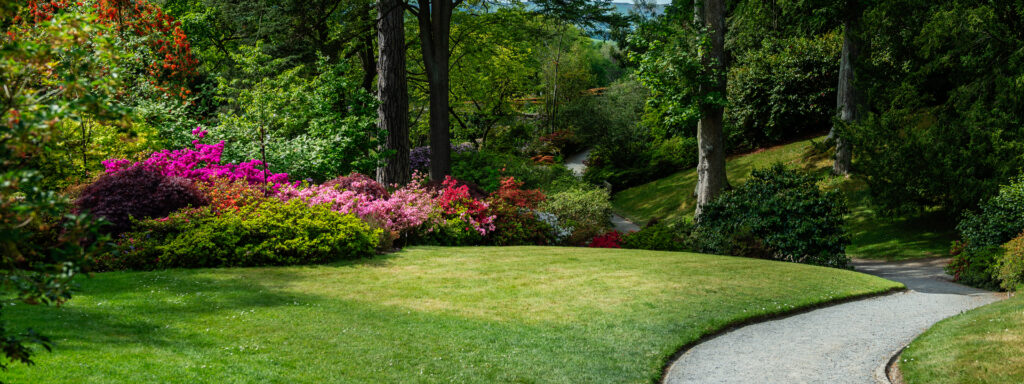
You try to take care of your garden with native plants and species, and you teach that to the future generations in your family. Not so long ago, at This is My Earth, we interviewed Dave Goulson, author of Silent Earth and many other books, about how to garden insects as a way to improve our own health. Behind all that, there’s idea of globalization: we have imported many species from many other parts of the world and created an imbalance in biodiversity; however, it has already brought us new ways of thinking as humans. What is your perspective on that?
This is a tough one! Let’s go for it. We live on a planet, and we are all in this together. And so, in fact, there is no local environment anymore because every decision that is made in a “local environment” will have an impact on the whole world in some way. In Colorado, where I live, one of our big ecological catastrophes has to do with a beetle which is not native to our area, and so it has no predators and it has spread throughout the area. You might say this is also caused by globalization, and it is a terrifying idea. However, you can also speak of the wonderful and beautiful things that have moved around the world, those plants that people want and value, that have been exported to all the corners of the Earth. Globalization has a lot to do with the reality of the movement, as many of the living things on this planet are constantly in motion, migrate and move around. Understanding how to embrace the reality of change and fluidity, while also coping with how that changes our brains, is not easy because we’ve been grappling with them forever.
One of our challenges as a relatively small nature-conservation NGO is that people do not understand the importance of biodiversity. Your poetry promotes it throughout the world in an attractive manner. If you had to say in a few words what biodiversity means to you, what would you say?
I would say it is variety, individualisation and difference. In a sense, globalization should encourage biodiversity. However, globalization in the sense of some monoculture moving around the world and imposing the realities of that unique vision of the world in spaces is not a good thing. When I was referring to migration and movement, I was referring to the idea that it is possible to move around the world without distraction. The whales that travel from pole to pole are also living through globalization. In any localized place, there should be difference, interconnectivity, surprise, and individuality, and globalization should encourage those values that allow for that variety in a localized space. That is what we need for our planetary survival.
How does that connect to the issue of race in the US?
I can’t get around monoculture and the idea that there is only one way to grow and to express life. I’ve moved to an American suburb and tried to connect with the diversity around me. I have always been very insistent on discovering and learning from the variety of human cultures, and, for example, acknowledging the land and from who it was taken; in a sense, I try to honor the native history of this space I’m living. Trying to understand the history of my state is understanding the history and culture of the Cheyenne and the Arapaho.
The racial issue is not an easy problem to solve in the US, and as a Black person, I can tell you are not always welcome. We need more education to change minds, so new generations grow with a more open mindset and welcome diversity, which will also have a positive impact on the nature-conservation struggle. If we don’t care for each other as human beings, how can we care for the human world? If we dismiss any life, it’s easy to ignore every life. You can dismiss the value of women, Black people, or those who don’t speak a language you understand, and that corrupts your capacity to care for the planet. On the other hand, that corruption, that dismissal of other beings, has become the key to power. So in order to access control and power and achieve dominion, it looks like you have to dismiss and somehow dehumanize those you want to rule over. And I resist that, which means sometimes I also have to seek for refuge [the] systems and aspects of my culture that will put limitations on the destruction and dismissal.
What work do you do to achieve that?
For example, I take care of my garden, but it takes lots of hours, and it is not easy work to do. In these pressing times, taking care of your garden and going with the tempos of nature is almost a subversive action.
Why are books such as All We Can Save important?
As one of the editors of the book, I really loved working on this project. We’ve created this kind of feminine circle, like a safety net of talent, where people could talk and reinforce their visions. I think this book, All We Can Save, becomes active and becomes a community because it addresses the challenges we are now facing through connection and through solidarity. All We Can Save honors women’s contribution to the modern world, and it was necessary because most of their voices have not yet been heard. Having a variety of voices in different professional and scientific fields will also bring a variety of options. As a Black writer, I’ve always said that we need more voices in the conversation in order to escape from the same people. Also, we need new answers, and we are not going to get new answers if we keep asking the same people.
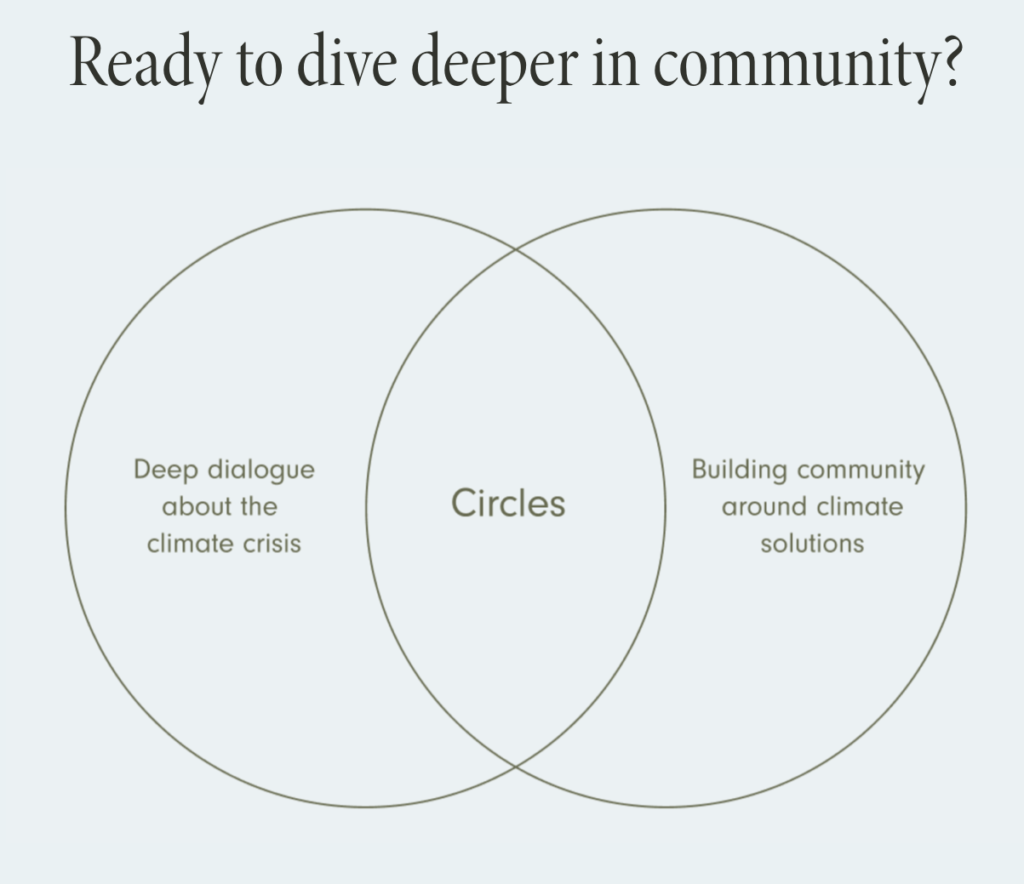
How can a project like this help?
It is very easy right now to feel like losing hope. It’s hot in places where it should not be this hot, and those of us who understand why it is so hot are terrified. We also know what to do about it, and it’s not happening. I think any project, local or global, that gives us space to speak about grief, and to write about our fear and share necessary knowledge is on the right side.
This is My Earth is doing the same, protecting these biodiversity islands, empowering and educating new generations… I want more of this, I want more TiME.
Who are we not engaging enough with in this fight for equality and nature conservation?
I want to turn that around a little bit because that is always gonna be true. You are always starting off with the people who are like you, and then you talk to this person who listens to you, and then you get more exponential, little by little. It is as if words and ideas are in motion. As for All We Can Save, I think most of our readers are learning new visions of the world, new ideas, and new evidence behind the challenges we are facing. Each time you speak to more people, growth can happen. And some of these people are decision-makers and stakeholders, and some of them even have power. I think it’s fine if we specially talk to the people who are already listening as long as we empower them to talk to others. Environmental thinking is not only for white Europeans or North Americans with money.
You have said, “this new century is the nest of a web,” and in a way, we are all connected and trapped at equal parts. How can we use this net for the planet’s benefit?
So I said that during a session I had online for the Harvard Radcliffe Institute and someone on the other side of the world was listening to me using this expression. Actually, many people were listening to what was essentially an intimate conversation between friends on how to activate literature as a protector of the planet. This is fascinating. Because of this high speed of information and consciousness, we have lots of power at our hands, but it comes with a responsibility, as we are also spreading rumors and fake news. For me, it is crucial to spread love and care.
Has the meaning of love changed?
Not for me. I actually think that the awareness of love and the desire for it has increased. Nature is a manifestation of love.
How does your poetry dialogue with other voices such as Robert Hass and Lucille Clifton?
Often, when people ask me who my favorite poets are, these are two of the main authors I will pick, yet they are very different writers. Lucille Clifton is a Black woman from the east of the US with a really thoughtful voice that often engages with Black women’s experiences. At the same time, Robert Hass is a white guy from California who frequently writes very long poems that may go on and on. So they look very different, but if you look at them carefully, you will find that they have a lot in common; they have a way in their writing that connects with the need to answer this question on what it means to experience and feel the world, and to be open to these connections with the outside. I want that for me, I want to become a filter through which the experience of being alive can be translated in a way that heals and feels real to people who are both like me and different from me. I think poetry is a potent tool to achieve that. The new US poet laureate, Ada Limón, is very good at asking this kind of question, and there are so many writers that can become guides in this world in order to regenerate our reasons for moving forward.
This is My Earth has a crowdfunding-based model for nature conservation. We are transparent and scientific, and our work is volunteer-based. We are asking for as little as $1 to purchase threatened lands and save endangered species, and we allow people to vote and choose which habitat we should protect. What do you think about this idea?
I am really excited by the work that This is My Earth is doing and the engagement with so many people in the world, using the web as a source for change. It’s not just about the money; it’s about the knowledge and the sharing of resources. I think TiME is about sharing the word so we can share the world more healthily.
Thank you very much for your TiME, and best of luck.
